 Hardware Tutorial
Hardware Tutorial
 Hardware News
Hardware News
 Huawei's new patent allows the camera to zoom in 200 times. What's going on?
Huawei's new patent allows the camera to zoom in 200 times. What's going on?
Huawei's new patent allows the camera to zoom in 200 times. What's going on?
Photography has become a new battlefield for mobile phone manufacturers. In order to attract consumers to buy their own products, one-inch, 10x optical zoom, 200 million pixels, telephoto macro, etc., etc., are combined with each other’s own products. The camera algorithm developed by the company has made mobile phone images improve faster and faster, and many photography enthusiasts have begun to regard mobile phones as "replacements" for cameras.
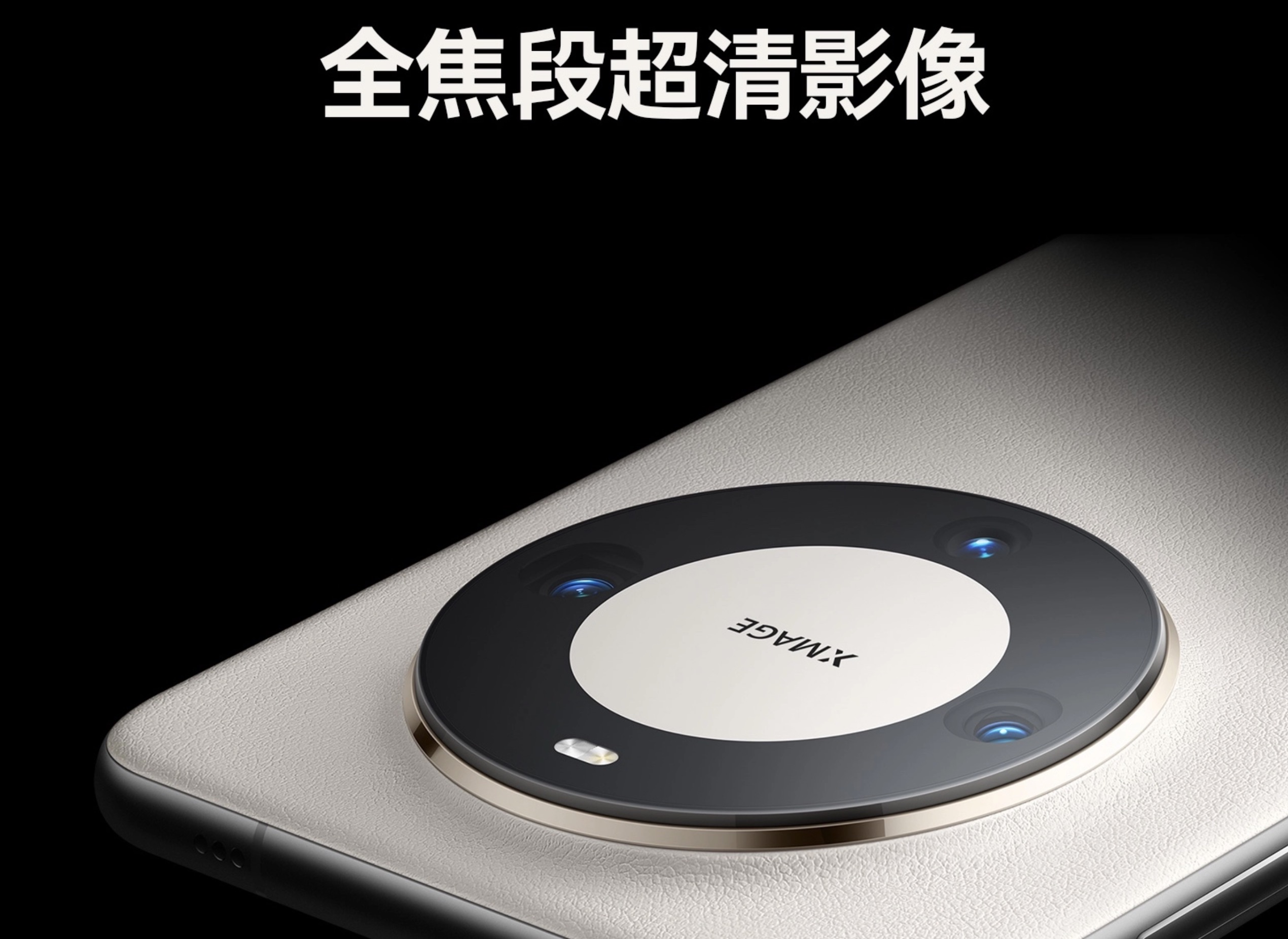
(Photo source: Lei Technology)
But it’s not over yet , mobile phone manufacturers have realized that there is still a lot of potential for mobile phone images to be tapped. Recently, according to documents published by the relevant patent offices, Huawei has obtained a patent for mobile phone microscope technology. According to reports, when the distance between the lens and the subject is about 0.5 mm, it can magnify 20-400 times.
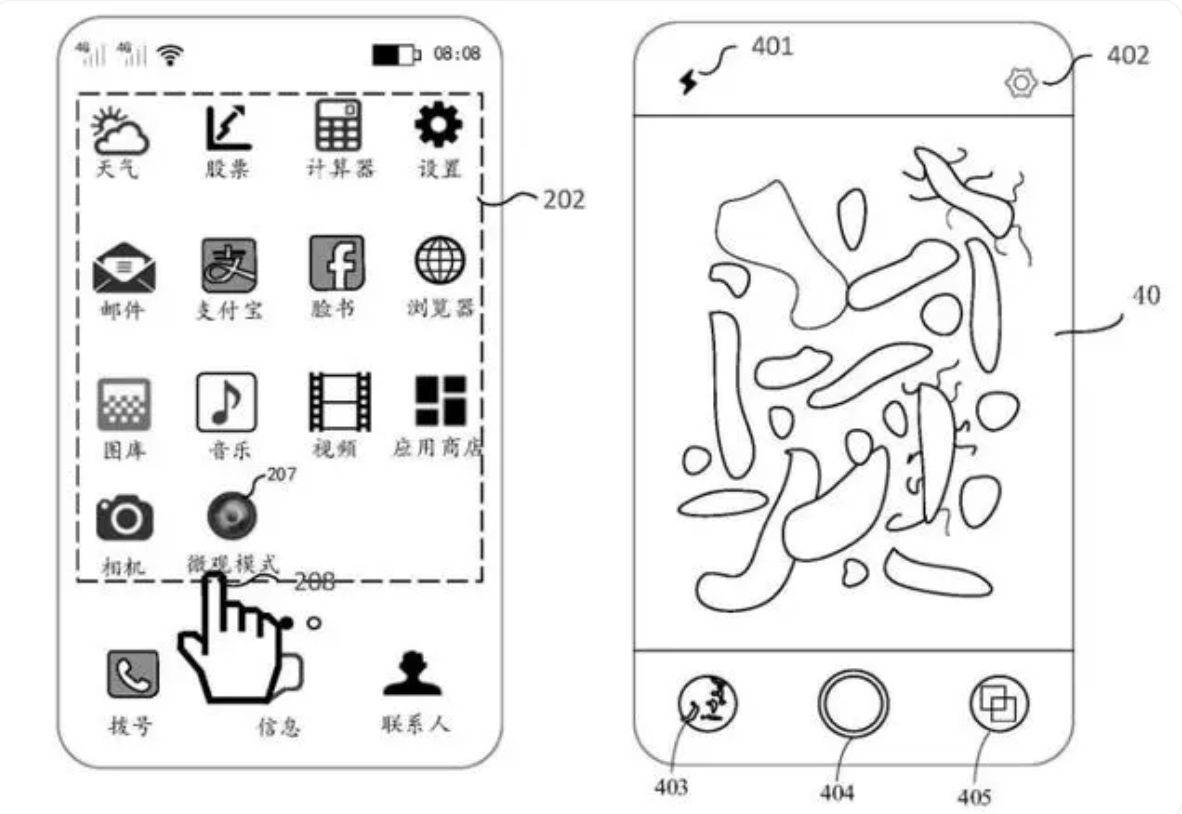
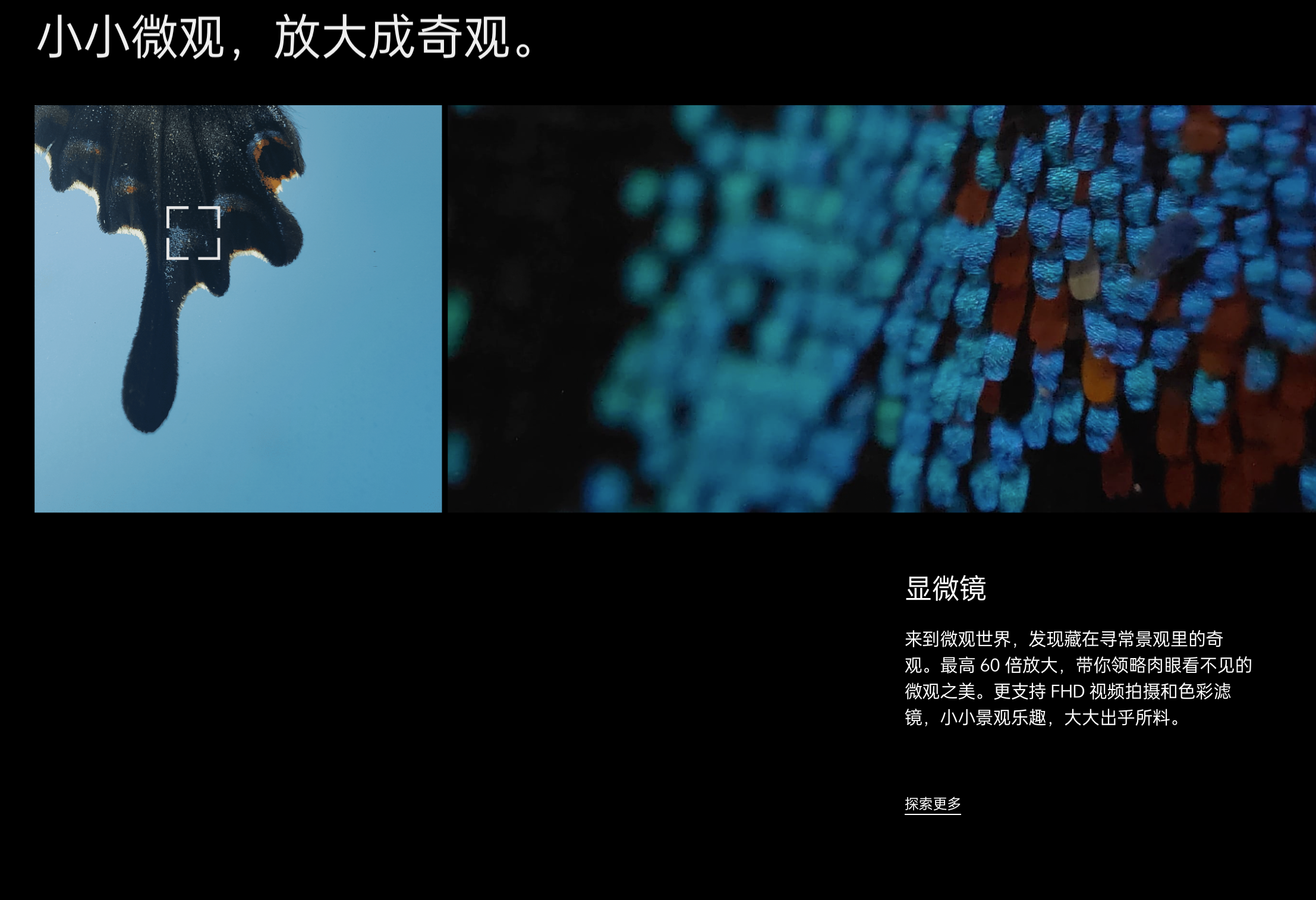

Even if consumers are really interested in mobile phone microscopes, they can go directly to third-party e-commerce platforms to purchase microscope components that can be directly clipped onto the mobile phone camera. Although the image quality of these components cannot be compared to those of professional equipment, it is definitely sufficient for daily use. There is really no need for mobile phone manufacturers to put such a "seemingly useless, but actually even more useless" function into mobile phones. , not to mention the image that today’s consumers are most concerned about.
Even if some netizens really say that they need a microscope function, it is impossible for mobile phones to replace it. For example, the imaging of a traditional stereo microscope is from the eyepiece. The three-dimensional feeling you see inside, if you switch to a mobile phone to watch it, you will lack this three-dimensional feeling, because the mobile phone simply magnifies, even if it is digital amplification through software algorithms, it is completely inferior to what can be achieved through optical structures. of amplification.
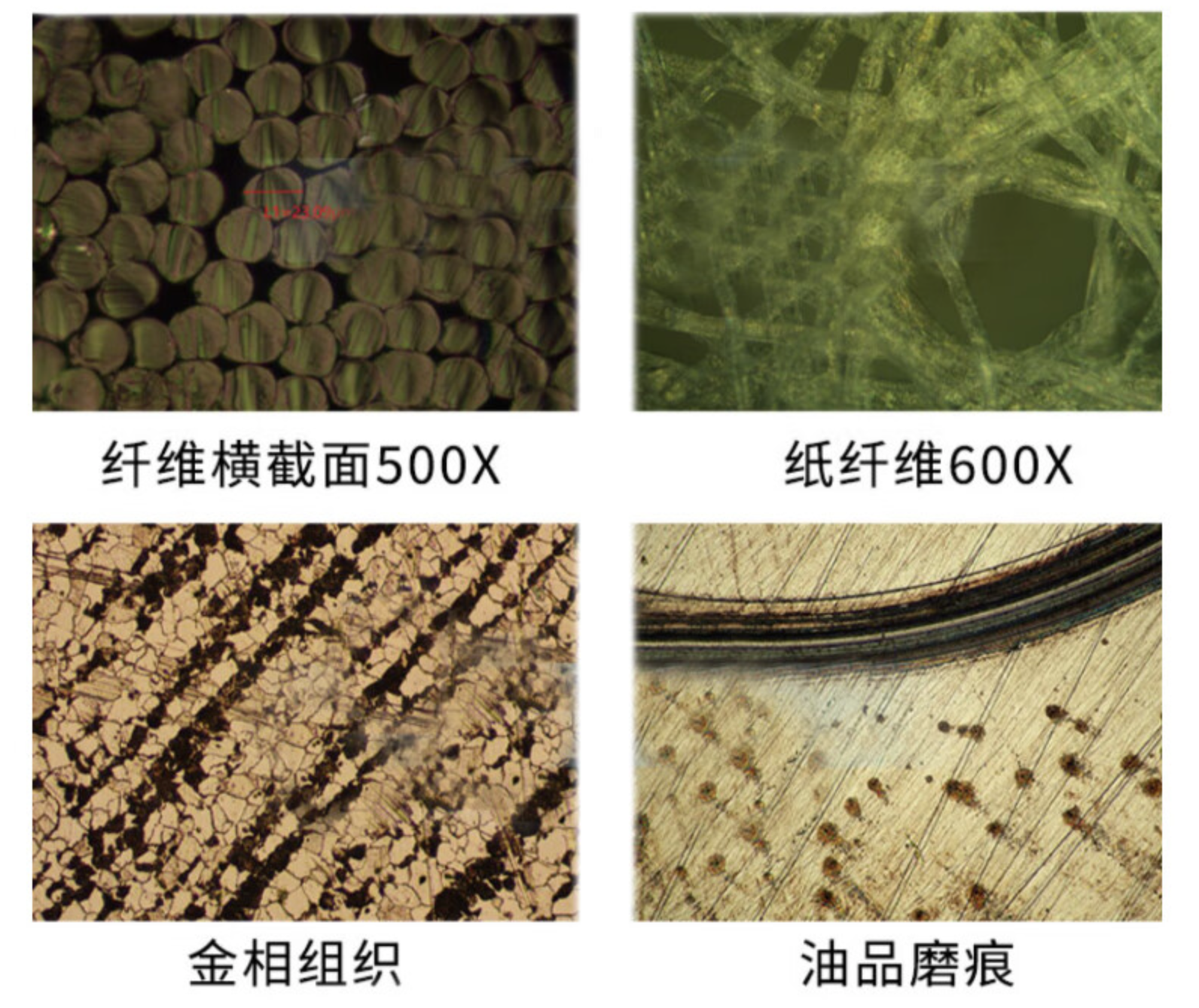
(Photo source: JD Industrial Mi Qi)
Of course, Mobile phone microscope technology is still facing many problems, such as how to minimize the size and space of the lens while ensuring the shooting effect. After all, the space inside the mobile phone is very "valuable"; how to implement the microscope camera and The perfect integration of the camera; and how to lower the threshold for getting started so that ordinary users can easily get started with it. These are all problems that mobile phone manufacturers will face. If these problems are not completely solved, they will only end up with a tasteless semi-finished product. .
But no matter what, mobile phone manufacturers are right to be willing to innovate. The mobile phone industry has developed to this day, and even mid- to low-end mobile phones can have good image performance. , some highly innovative manufacturers have begun to make fuss beyond optical lenses. It is foreseeable that in the next few years, this kind of non-traditional optical lens may be increasingly installed on mobile phones and become a new innovative symbol of mobile phones.
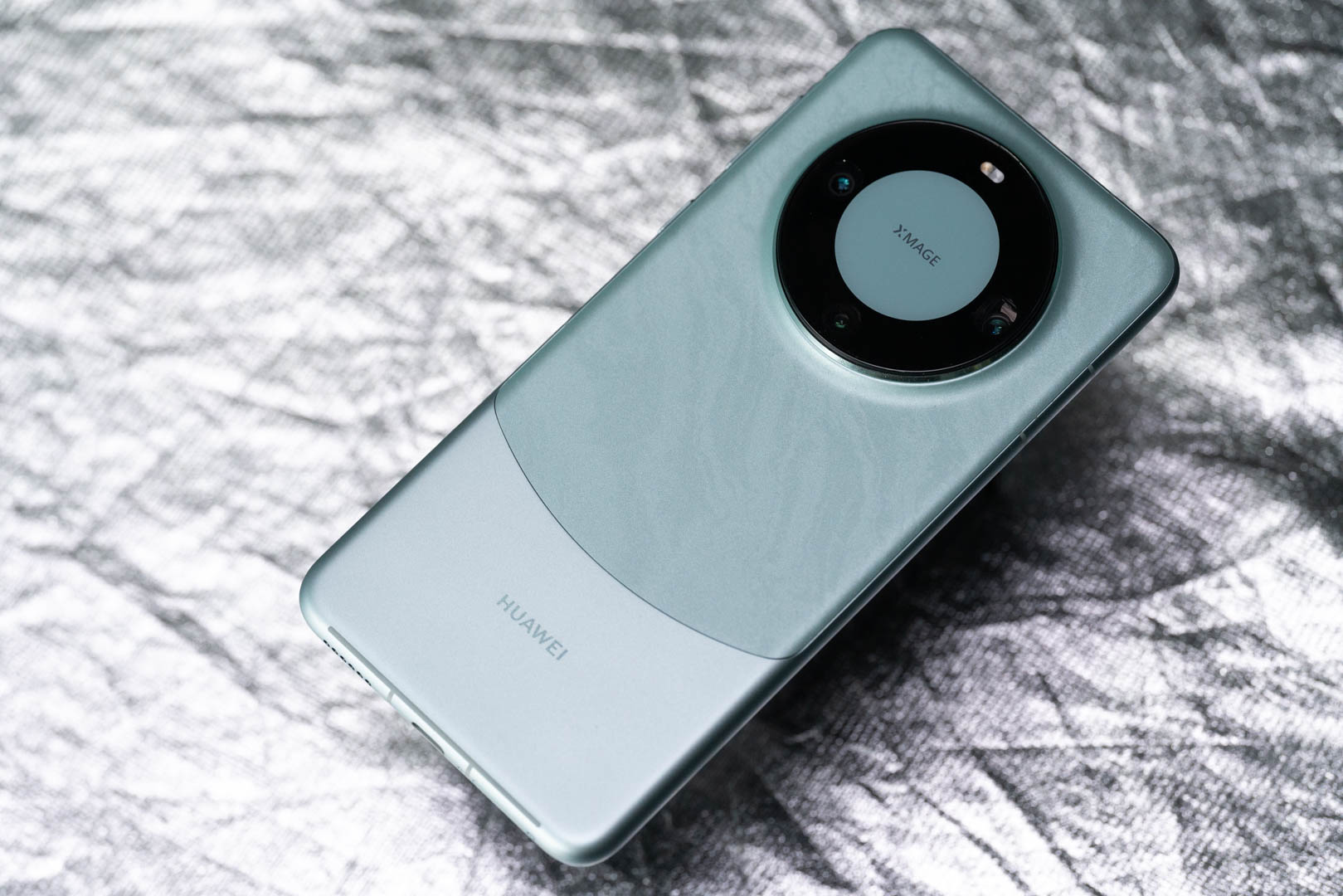
(Picture source: Lei Technology)
The persistence of mobile phone pixels Improvement, the continuous increase in the number of cameras, and the continuous optimization of photo effects are all inseparable from the continuous breakthroughs and innovations of countless engineers. It is the efforts of these innovators that allow us to press the shutter of our mobile phones at any time to record the beautiful moments in our lives. Come down.
The above is the detailed content of Huawei's new patent allows the camera to zoom in 200 times. What's going on?. For more information, please follow other related articles on the PHP Chinese website!

Hot AI Tools

Undresser.AI Undress
AI-powered app for creating realistic nude photos

AI Clothes Remover
Online AI tool for removing clothes from photos.

Undress AI Tool
Undress images for free

Clothoff.io
AI clothes remover

AI Hentai Generator
Generate AI Hentai for free.

Hot Article

Hot Tools

Notepad++7.3.1
Easy-to-use and free code editor

SublimeText3 Chinese version
Chinese version, very easy to use

Zend Studio 13.0.1
Powerful PHP integrated development environment

Dreamweaver CS6
Visual web development tools

SublimeText3 Mac version
God-level code editing software (SublimeText3)

Hot Topics
 Leica Sofort 2: Strong Leica taste, but the image quality is not satisfactory
Jan 03, 2024 pm 04:08 PM
Leica Sofort 2: Strong Leica taste, but the image quality is not satisfactory
Jan 03, 2024 pm 04:08 PM
Yes, I spent more than 3,000 yuan to buy a real Leica camera. This is not a joint brand between Xiaomi and Sharp. It is a real Leica camera. It can even be found in the official Leica APP. It is a brand new product launched by Leica just last month - Sofort2. (Picture source: Photographed by Lei Technology) Last month I wrote an article commenting on Leica’s new machine, which is simply cutting leeks. The price of more than 3,000 yuan to buy such a machine is extremely high in the polaroid market. A backward product must have too much money and no place to spend it, and is simply a "big mistake". But adhering to the concept that if I don’t go to hell, who else will, I still placed an order for the Leica Sofort2 on the night it went on sale and became a “real” Leica user. Appearance: An exquisite toy? Leica Sofo
 OPPO did the right thing by giving up ProXDR
Jan 06, 2024 pm 11:37 PM
OPPO did the right thing by giving up ProXDR
Jan 06, 2024 pm 11:37 PM
Not long ago, OPPO announced at the Paris Film Festival that it was working with Kazakhstan and the Soviet Union to create a new generation of super light and shadow imaging systems, which will be launched on the OPPO Find X7 series. Choosing to announce this news at the world's largest and most influential photography exhibition shows how much OPPO attaches importance to the new generation of ultra-light and shadow imaging systems. According to OPPO, the new generation of Super Light and Shadow imaging system mainly consists of three parts: - Super Light and Shadow full main camera system, from increasing the zoom magnification to creating multi-view creative freedom; - Super Light and Shadow image engine, using more calculations to achieve less Computational traces; - Ultra-light and shadow ProXDR display, a photo display technology that conforms to the screen viewing method. Among them, "super light and shadow full main camera system" refers to the hardware of the imaging system, and "super light and shadow image engine" refers to the image
 Can Meizu 21 Pro compete head-to-head with flagships from major manufacturers?
Jan 03, 2024 pm 06:10 PM
Can Meizu 21 Pro compete head-to-head with flagships from major manufacturers?
Jan 03, 2024 pm 06:10 PM
On the last day of November, Meizu took advantage of the new wave of Snapdragon 8Gen3 phones to bring its annual flagship new phone, Meizu 21. Not long ago, this site also conducted a review of this product. It is a mobile phone with obvious advantages and disadvantages. Moreover, Meizu 21 currently only has one model, unlike other brands that are divided into medium and large sizes. For those who want a super flagship, Meizu 21 seems a bit not “Pro” enough. (Photo source: Photographed by this site) However, recent news about Meizu 21Pro has appeared on the Internet, which is good news for Meizu friends who want more extreme configuration and experience. The screen of Meizu 21 is not strong enough? 2K screen is coming! The charging power of Meizu 21 is not high enough, 100W fast charging is coming! Could it be that Meizu 21 is just a “small test”?
 Razer Viper V3 Pro review: What's the trade-off between power and portability?
Jan 03, 2024 pm 04:17 PM
Razer Viper V3 Pro review: What's the trade-off between power and portability?
Jan 03, 2024 pm 04:17 PM
In the discussion about gaming mice some time ago, Xiao Lei mentioned that the first true “gaming mouse” was the Razer Boomslang released by Razer in 2003 – a USB game with a DPI of “up to” 2500 and a polling rate of 125Hz. mouse. But in fact, the statement is not accurate, because this 2100/25 polling rate 00DPI Boomslang is actually an upgraded version of this series. Its previous generation, Boomslang released in 1999, is the real first game. mouse. Compared with the second generation released 4 years later, the first generation Boomslang used a more primitive PS/2 interface, and the polling rate was only 10-200Hz; until 2005
 Redefining human-computer interaction, Honor MagicOS 8.0 is officially released!
Jan 11, 2024 pm 10:06 PM
Redefining human-computer interaction, Honor MagicOS 8.0 is officially released!
Jan 11, 2024 pm 10:06 PM
On January 10, 2024, Honor held its first offline conference of the year in Shanghai, where MagicOS 8.0 officially debuted. MagicOS8.0 is a new self-developed operating system created by Honor. It is the industry's first new generation of human-computer interaction - intent-recognized human-computer interaction. In addition, the new system also brings many new functions based on AI, such as "Any Door", "Conversation into Movies", "Multi-modal Schedule Management", etc. (Photographed by Lei Technology) Honor calls MagicOS8.0 a new generation of interactive mode system after command line interaction, graphical interaction and natural interaction. As for how awesome it is, let’s take a look below. A system that can learn, a system that understands you better. When it comes to "AI", in fact, Honor created its first smartphone as early as 2016.
 New affordable Meta Quest 3S VR headset appears on FCC, suggesting imminent launch
Sep 04, 2024 am 06:51 AM
New affordable Meta Quest 3S VR headset appears on FCC, suggesting imminent launch
Sep 04, 2024 am 06:51 AM
The Meta Connect 2024event is set for September 25 to 26, and in this event, the company is expected to unveil a new affordable virtual reality headset. Rumored to be the Meta Quest 3S, the VR headset has seemingly appeared on FCC listing. This sugge
 Huawei StarLight, wants to revolutionize Bluetooth?
Jan 11, 2024 pm 09:51 PM
Huawei StarLight, wants to revolutionize Bluetooth?
Jan 11, 2024 pm 09:51 PM
At a press conference some time ago, Huawei officially released a new generation of wireless connection technology - NearLink. Different from previous wireless technologies, NearLink is not developed based on the specifications of traditional wireless technologies such as Bluetooth, but Huawei's years of wireless experience. With the accumulation of technology, a new wireless connection specification is created. If you didn’t watch the press conference, it doesn’t matter. Let’s take a quick look at StarLight: it uses a set of standards to combine the advantages of traditional wireless technologies such as Bluetooth and WIFI. This technology is suitable for consumer electronics, smart homes, new energy vehicles, and industrial intelligence. Various scenes such as construction. Compared with Bluetooth technology, the power consumption is reduced by 60%, the transmission rate is increased by 6 times, it has lower latency, more stable connection and anti-interference ability, the coverage distance is increased by 2 times, and the number of connections is increased by 10 times. above
 Microsoft explores AR/VR patents using microlens arrays for wide-range chief ray angle manipulation
Sep 30, 2023 pm 09:29 PM
Microsoft explores AR/VR patents using microlens arrays for wide-range chief ray angle manipulation
Sep 30, 2023 pm 09:29 PM
(Nweon September 26, 2023) Microsoft believes that MicroLED has the characteristics of small size, light weight, high brightness, and high packaging density, and may be particularly suitable for head-mounted devices that require high resolution, small size, and light weight. monitor. In a patent application titled "Microlenses providing wide range chief ray angle manipulation for panel display", Microsoft introduced a microlens that provides wide range chief ray angle manipulation for panel display, and a display system configured with the microlens array. Wherein, each microlens in the array corresponds to a respective pixel of the panel display. Microlenses are configured according to their





